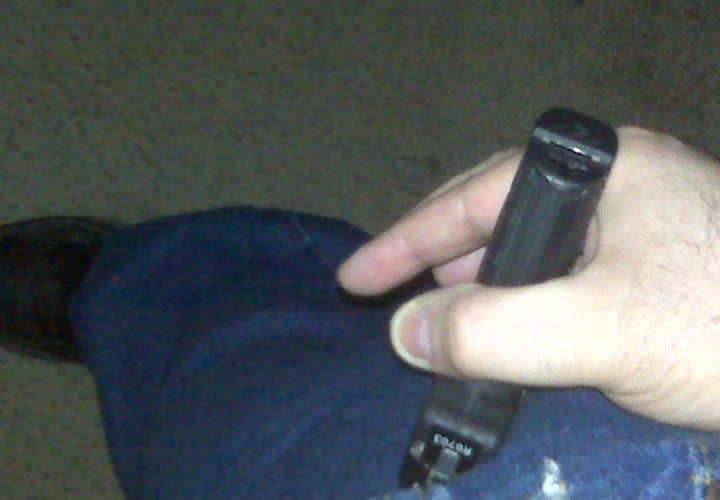The biggest reason officers who face these tough odds survive is their will to live. However, a close second is training. As a certified firearms instructor, I often hear students say, "This isn't something I'm ever going to encounter. It's too exotic! Do I really need to learn this?" I'm willing to bet Deputy Fulford's instructors never heard her utter those statements, during her training.
Most of us go through life with an "it will never happen to me" attitude. This is a recipe for disaster. Deputy Fulford never expected the assailant's 9mm bullet to rip through her nerves, disabling feeling in her fingers and causing loss of use of her entire dominant hand.
She returned fire until the feeling in her fingers was gone, the chamber of her Glock was open and the slide racked back. The perps continued to fire, and the children were caught in the middle. If the hand you trained and qualified with becomes useless, what do you do next?
Fortunately, Deputy Fulford was not out of ammo. She performed a one-handed reload with her weak (non-dominant) hand, as she had learned. With the increased boldness of assailants in today's law enforcement climate, it's imperative that every law enforcement officer know the one-handed semi-automatic reload.
I first learned this technique from a retired FBI agent and dear friend. I suspect that many cash-strapped agencies with streamlined training budgets don't teach it. Even if they do, how many officers actually practice this technique on a regular basis after a single demonstration by an instructor?













